One of the most amazing things you can do with your adult tricycle is to go on a long-distance trip. The SC1 Fat Tire tricycle, for example, is an electric tricycle from Viribus that lets you cover a total range of over 65 miles. With a modern electric tricycle like that, there is basically nowhere you cannot reach.
However, going on a long distance trip on your trike is not as simple as mounting and riding into the sunset. You must take your comfort, safety, and the wellbeing of your vehicle in consideration. Here's a guideline to prepare you for your trip.
1. START WITH A MECHANICAL CHECK-UP
The biggest concern, as far as long-distance riding on a tricycle is concerned, is a mechanical failure causing your trike to break down or start malfunctioning. Your first take is to make sure your trike is mechanically sound before you take off. Check the following components during a pre-long distance ride mechanical check.
i. The Tire
The performance of your tricycle during the trip will depend largely on how fit and strong the tires are. During a tire inspection, look for any signs of wear, such as cracks, bald spots, or embedded debris.

You also want to ensure that the tires are properly inflated to the recommended pressure level (usually written on the sidewall of the tires).
Your tires cannot be overinflated, neither can they be underinflated. Proper inflation minimizes the risk of puncture and ensures a smooth ride.
ii. Check the Brakes
Your brakes are your safety lifeline, especially if your path will take you through descents or areas with heavy traffic. Pay special attention to the brake pads: make sure they aren’t excessively worn and that they make proper contact with the wheel rims or rotors.

If the brakes are squeaky or weak, you might need to adjust them or even replace them. Also check the brake levers and ensure they are sturdy and responsive: there must be no slack in the cables.
iii. The Chain and Gears
Remember that the chain hangs really low to the ground, and so it is exposed to dirt, grime, and dust. Start by inspecting the chain for rust or stiff links, which may need replacement.

Then, clean your chain and lubricate it thoroughly: this not only helps avoid rust but also to ensure that your pedaling is smooth and easy.
Tricycles tend to have multiple gears. The Viribus Trigo Plus, for example, has 5 pedal-assist levels, giving you the range and versatility to take on multiple pathways with ease and comfort. With a total range of about 35 miles, it is a really affordable option for your long term riding needs, including long-distance trips.
Make sure to shift through all gears and pedal assist levels before your trip to make sure everything is operating smoothly.
iv. The Bearing and Hubs
Wheel bearings and handlebar bearings (headset) are key areas that are susceptible to wear and tear. Spin the wheels and listen for any grinding noises, which would indicate that the hubs need lubrication or replacement.
Also, check the handlebar bearings for smoothness; any resistance or grinding might be an indication that it’s time to repack them with grease.
2. THINK ABOUT YOUR COMFORT

For all the fun it is, long distance riding can also be physically demanding. If your ride is not comfortable, it can become a downright painful experience. .
The following adjustments will help reduce fatigue and discomfort over extended periods.
i. Adjust the Seat Position
Test different seat adjustments to find the most comfortable position for you. The ideal seat height is usually such that it allows you to extend your leg almost fully while pedaling, with only a slight bend in the knee.
The seat angle should be level. If you experience discomfort during a long ride, you can tilt it slightly forward.
ii. Adjust the Handlebar Height and Angle
The image below is of a rider of a Viribus Trigo Electric Tricycle, and it shows the ideal position for your handlebars and the seat and how they affect your sitting position. You should be able to the handlebars while maintaining your upright posture without overextending or bending your back excessively.

- If your trike already has adjustable handlebars, then this step should be really easy. If not, you might want to replace the handlebar stem to achieve the right fit.
- Also, it would be an extra advantage if your grips have added padding to help prevent hand fatigue.
iii. Fix The Backrest
Modern tricycle saddles come with a backrest for the seat, and there is a good reason for that. The backrest provides cushioning for the rider’s back, and also helps maintain a good posture. Check out this tricycle saddle from Various, with a big, wide adjustable backrest, which can be purchased separately with the company's electric tricycles.

If your tricycle has a backrest, adjust it to provide adequate support for your lower back. A properly positioned backrest helps reduce strain during long rides, and greatly improves your overall comfort.
3. ESSENTIAL TOOLS AND SPARES: BE PREPARED
Some things are just out of control, but being well-prepared for any mechanical issues during your long trip will save you time and stress. Always carry a basic toolkit along with some spare parts for quick repairs that might arise on the road.
i. Basic Toolkit
A multi-tool is a must-have for adjusting bolts, screws, and other components. Make sure you include tire levers for removing tires, a chain tool for chain repairs, and a small wrench set for other adjustments.
ii. Keep a Spare Tube and Patch Kit
Flat tires are one of the most common issues faced by cyclists and bicyclists alike. Always carry a spare inner tube that matches your tire size, along with a patch kit for emergencies. Knowing how to change a tire is an essential skill for long-distance rides.
iii. A Pump
A compact, portable pump should be part of your gear. Make sure it’s compatible with your tire valves (Presto or Schrader). Alternatively, a CO2 inflator can be a quicker, lighter option but make sure you have enough cartridges for the ride.
4. SAFETY AND GEAR: VISIBILITY AND PROTECTION
You will likely be sharing the road with motor vehicles and other road users. So, safety should be a primary concern. Having the following gear will help keep you safe.
i. Lights and Reflectors
Your trike should already have a powerful front headlight and a bright rear taillight. Various bikes come with a powerful and bright headlight, providing enough light to safely ride through fog and other extreme weather conditions.
On longer rides, it is also advisable to bring along rechargeable lights. Don’t forget to check that your tricycle’s reflectors (on the wheels, pedals, front, and rear) are clean and securely fastened.

ii. Wear High-Visibility Clothing
What should you wear on a long trip, especially if there is reason to suspect that the weather may not be ideal? You wear brightly colored or reflective clothing. This clothing lets you stand out and significantly increases your visibility to drivers and other road users. If your tricycle doesn’t have enough reflective material, consider adding reflective tape or additional lights.
iii. Don't Forget your Helmet
Obviously, a helmet is a must-have. Always wear a helmet to protect your head in the event of a fall or accident. It’s a small investment for your safety, and some regions even mandate helmets by law for cyclists and tricyclists.
5. CARGO AND HYDRATION
For long-distance rides, you’ll need to carry supplies, but you don’t want to overload your tricycle. Here are some vital supplies you might need for your trip.
i. Bring Water Bottles
Staying hydrated is crucial, especially when you are riding over a long distance. You can conveniently mount water bottle cages on your tricycle’s frame and carry sufficient water for your journey. Hydration packs are another convenient option for longer trips.
ii. Luggage Rack or Basket

Tricycles often come with rear or front racks, which are great for carrying extra gear. The Viribus SC1 Fat Tire not only has a spacious cargo basket but also has extended side rails for you to transport “irregular” items that may not fit in the basket.
A spacious basket means you can store more snacks, clothing, tools, and personal items for your trip. A basket can also hold lightweight items, but avoid overloading the tricycle, as it can affect your balance.
6. PLAN FOR WEATHER: GEAR FOR ALL CONDITIONS
Weather conditions can make or break your ride, so it’s important to plan ahead.
i. Rain Gear
If you’re expecting rain, pack lightweight waterproof clothing such as a rain jacket and pants. You might also want to invest in mudguards if your tricycle doesn’t already have them, as they’ll protect you from splashing water and debris.
ii. Sun Protection
For sunny days, protect yourself from harmful UV rays. Wear sunglasses, apply sunscreen, and consider wearing a hat or cap to shield your face from the sun.
Conclusion
Preparing your tricycle for a long-distance ride involves a combination of mechanical checks, comfort adjustments, safety considerations, and thoughtful packing. Having the right tricycle with the right accessories lets you get prepared, eases your mind and allows you enjoy your trip.
Check out Viribus for the right tricycles for long distance riding, and also benefit from important tips on how to ride and mantain your tricycle. With Viribus, you can actually ride free into the sunset.

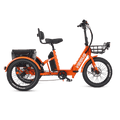

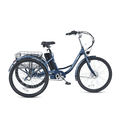
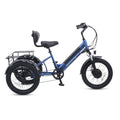
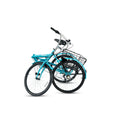
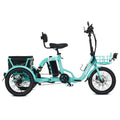

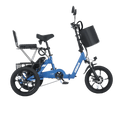
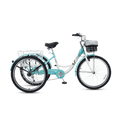
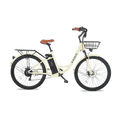
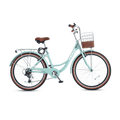
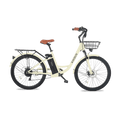
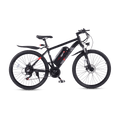
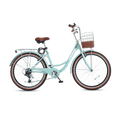
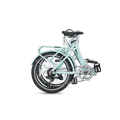
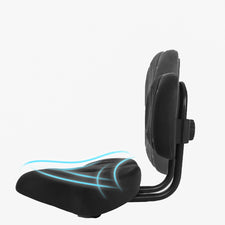





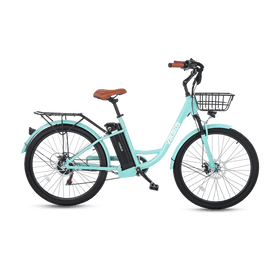
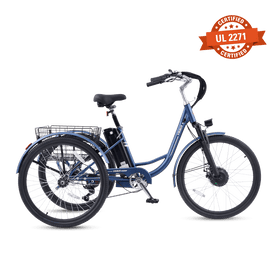
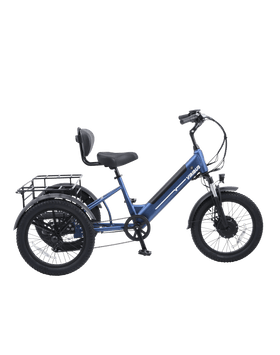



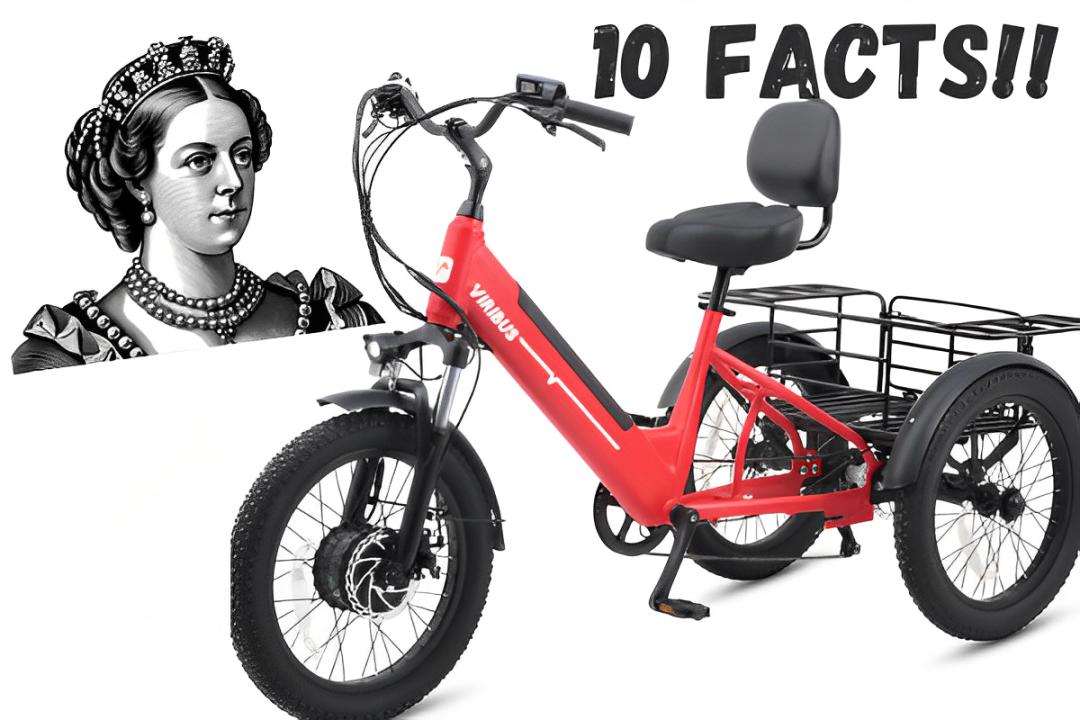
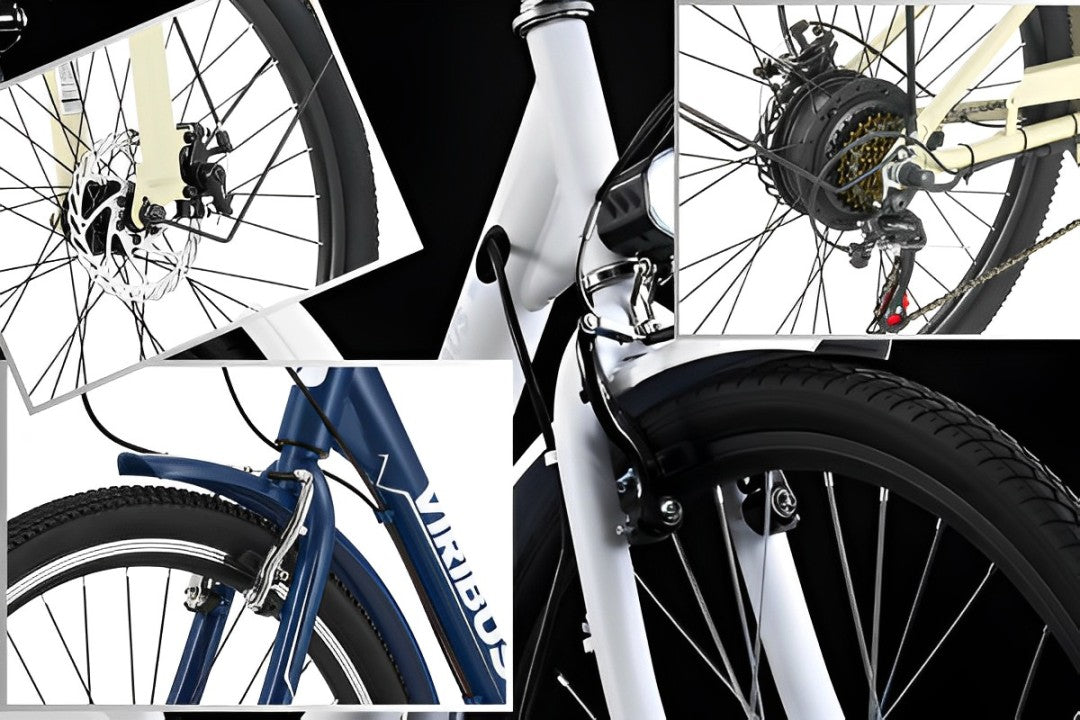
Leave a comment
All comments are moderated before being published.
This site is protected by hCaptcha and the hCaptcha Privacy Policy and Terms of Service apply.